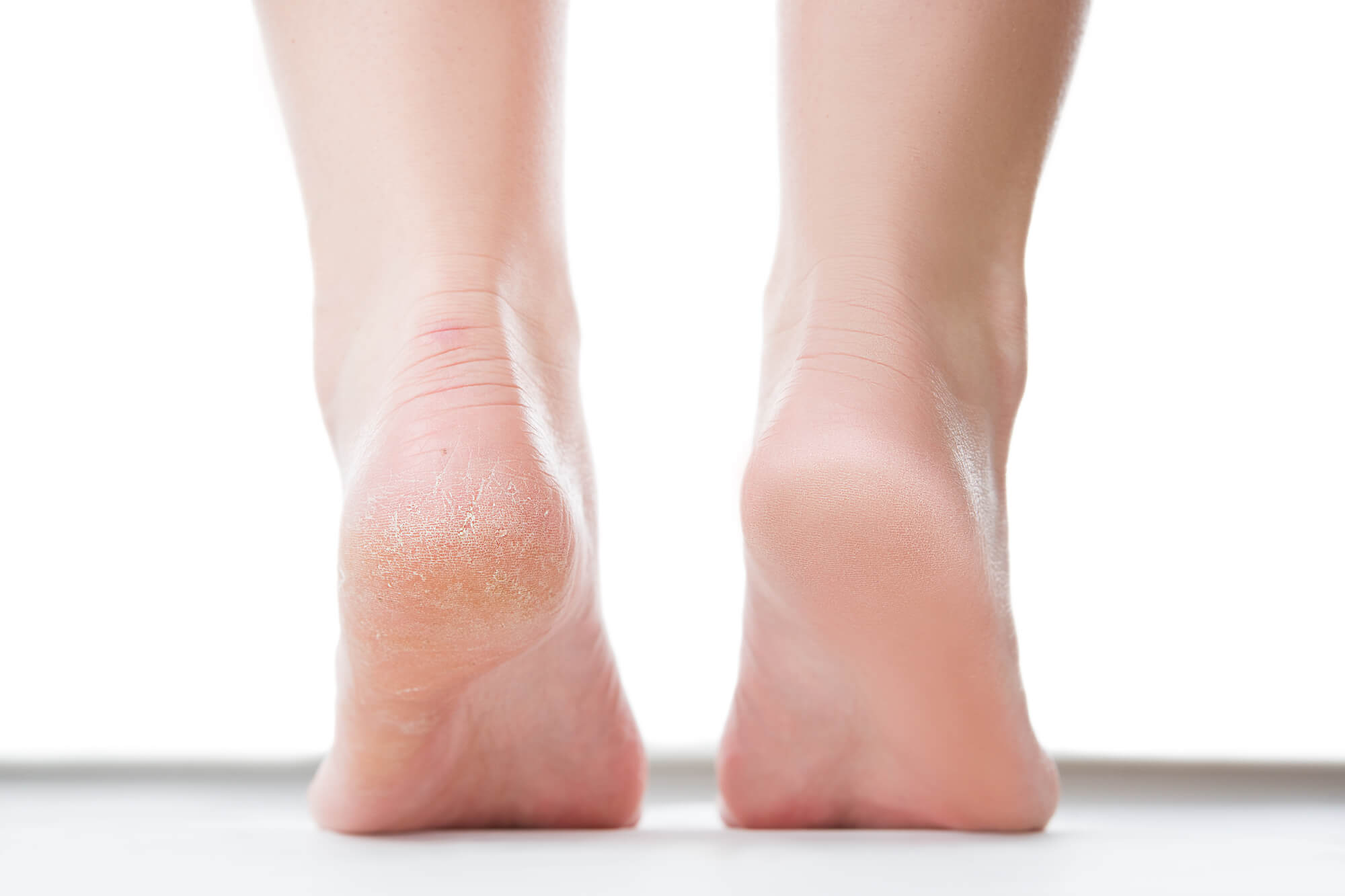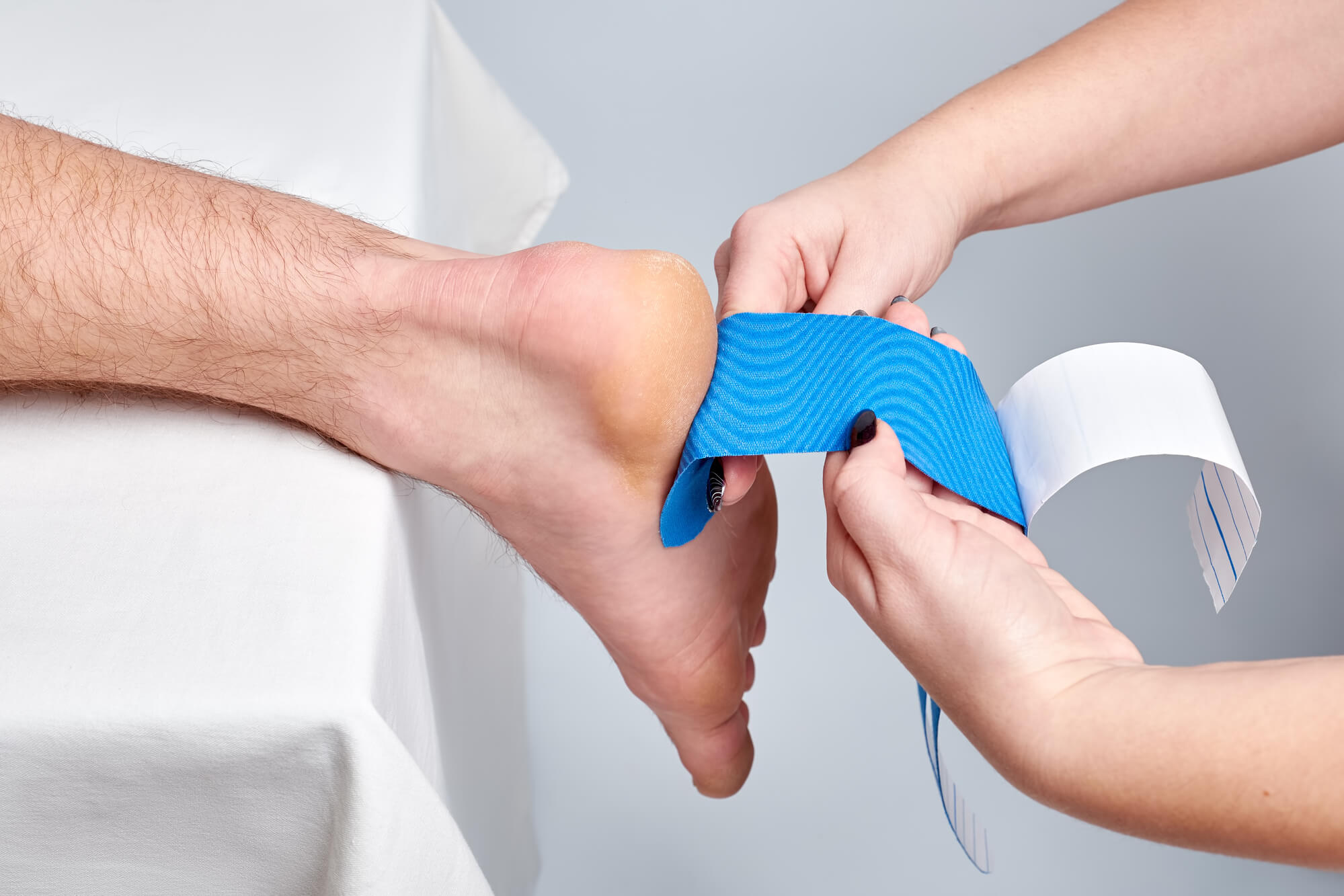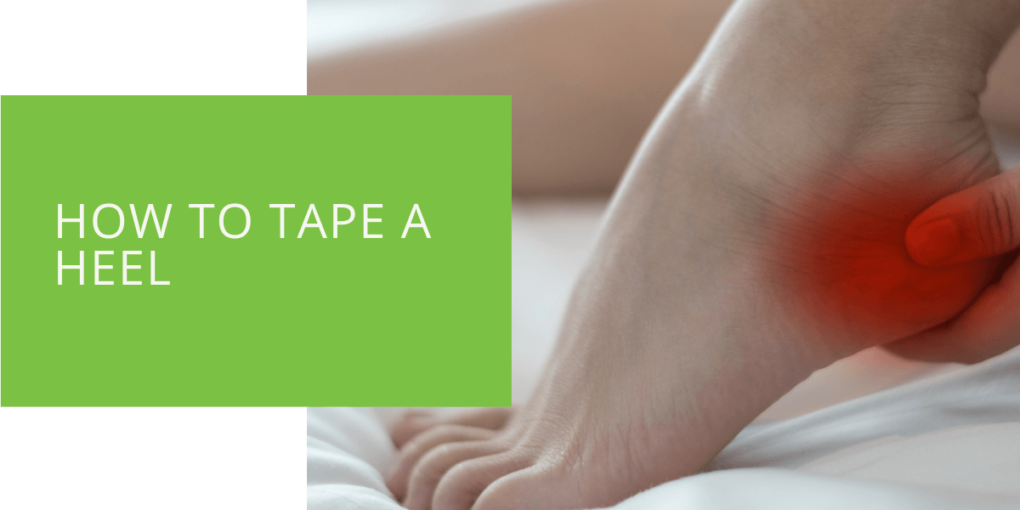How to Tape a Heel: Expert Tips for Alleviating Pain and Supporting Foot Health
Proper taping techniques can provide significant relief and support for your feet when dealing with heel pain. Whether you're suffering from plantar fasciitis, general heel discomfort, or other foot-related issues, understanding how to tape your heels effectively can make a difference. In this comprehensive guide, we'll delve into the intricacies of taping techniques, the types of tape to use, and expert tips for application to ensure optimal results and foot health.
Key Takeaways
- Whether it's plantar fasciitis or general discomfort, learning to apply tape correctly can provide significant relief and support for foot health.
- Consider factors like flexibility, support, and skin sensitivity when selecting between kinesiology and athletic tape for taping your heels.
- Pay attention to your symptoms, adjust taping techniques as needed, and seek professional guidance if persistent pain persists despite taping and home remedies.
Understanding the Importance of Proper Taping Techniques
What is Taping for Plantar Fasciitis and Heel Pain?
Taping for plantar fasciitis and heel pain involves applying adhesive tape to the foot and ankle in specific configurations to provide support, reduce strain, and alleviate symptoms associated with these conditions. This technique is commonly used in athletic and medical settings to manage pain and promote healing.
Why Taping is an Effective Treatment for Foot and Ankle Symptoms
Studies have shown that taping can reduce pain and improve function in individuals suffering from plantar fasciitis and other foot ailments. By supporting the plantar fascia, tendons, and muscles in the foot and ankle, taping helps relieve strain, reduce inflammation, and promote proper alignment, ultimately facilitating healing and preventing further injury.
The Benefits of Using Kinesiology Tape vs. Athletic Tape
When it comes to taping the heel, both kinesiology tape and athletic tape can be effective options. Kinesiology tape, also known as "KT tape," is designed to mimic the elasticity of human skin and muscles, allowing for a greater range of motion and flexibility. This makes it an excellent choice for dynamic movements and sports activities. On the other hand, athletic tape provides more rigid support and stability, making it ideal for static taping applications and immobilizing injured areas.
Preparing for Taping: Essential Instructions and Tips
Assessing Your Foot Condition and Identifying Problem Areas
Before applying tape to your heel, assessing your foot condition and identifying specific areas of pain or discomfort is essential. This may involve consulting with a medical professional or podiatrist to determine the underlying cause of your symptoms and develop an appropriate treatment plan.
Choosing the Right Kind of Tape to Use: Factors to Consider
When selecting tape for taping your heel, there are several factors to consider, including the severity of your symptoms, your activity level, and any skin sensitivities or allergies you may have. Kinesiology tape is typically preferred for its flexibility and range of motion, while athletic tape may be more suitable for immobilizing the foot and providing rigid support.
Preparing the Foot and Ankle for Tape Application
Before applying tape to your heel, it's essential to ensure the skin is clean, dry, and free of any lotions, oils, or debris that could interfere with adhesion. You may also consider applying a pre-taping adhesive spray or tape adherent to enhance the tape's grip and longevity.

Step-by-Step Guide to Taping for Heel Pain Relief
Cleaning and Drying the Skin: Ensuring Adhesive Effectiveness
Start by thoroughly cleaning the skin around your heel with mild soap and water, then pat it dry with a clean towel. Avoid using lotions or moisturizers, as these can create a barrier preventing the tape from adhering properly.
Applying the Tape: Proper Techniques and Positioning for Maximum Benefit
Begin by anchoring one end of the tape near the back of your heel, then gently stretch it as you wrap it around the heel and under the arch of your foot, following the natural contours of your foot. Apply enough tension to provide support without causing discomfort or restricting blood flow.
Addressing Arch Support and Tendon Support Through Taping
To provide additional support to the arch of your foot, consider incorporating a "figure-eight" or "X" pattern with the tape, wrapping it around the midfoot and crossing over the arch. This can help to stabilize the foot and reduce strain on the plantar fascia and other supporting structures.
Tips for Effective Application and Long-Term Management
Ensuring Comfort and Mobility While Wearing Taped Heels
Once the tape is applied, take a few moments to walk around and assess the fit and feel. If you experience discomfort or tightness, gently readjust the tape to relieve pressure points and ensure proper alignment. Avoiding excessive moisture or friction is important, as this can cause the tape to loosen or irritate the skin.
Monitoring Symptoms and Adjusting Taping as Needed
As you go about your daily activities, pay close attention to how your foot feels while wearing the tape. If you notice any changes in your symptoms or discomfort, take note of the location and intensity of the pain and consider adjusting the taping technique accordingly. You may also need to replace the tape periodically to maintain its effectiveness.
Incorporating Taping Into Your Overall Treatment Plan for Foot Problems
While taping can temporarily relieve heel pain and other foot symptoms, it's important to address the underlying cause of your condition to prevent recurrence and promote long-term healing. This may involve stretching exercises, orthotic devices, physical therapy, and lifestyle modifications to improve foot health and function.

Expert Advice on Taping Techniques and Foot Health Maintenance
Common Mistakes to Avoid When Applying Tape to the Heel
One common mistake when taping the heel is applying too much tension or wrapping the tape too tightly, which can restrict blood flow and cause discomfort. It's also important to ensure that the tape is applied evenly and securely to prevent it from slipping or bunching up during movement.
Seeking Professional Guidance from Podiatrists for Persistent Foot Issues
Suppose you're experiencing persistent heel pain or other foot problems despite using taping techniques and other home remedies. In that case, it may be time to seek professional help from a podiatrist or foot specialist. They can thoroughly evaluate your foot mechanics, gait, and overall health to determine the underlying cause of your symptoms and recommend appropriate treatment options.
Maintaining Overall Foot Health and Preventing Future Problems
In addition to taping, there are several steps you can take to maintain overall foot health and prevent future problems. This includes wearing supportive footwear, practicing good hygiene and nail care, avoiding high-impact activities that can exacerbate foot pain, and staying active with low-impact exercises like swimming or cycling.
Conclusion
Taping the heel can alleviate pain, reduce strain, and support overall foot health. By following the expert tips and instructions outlined in this guide, you can learn how to apply tape to your heels properly and experience relief from symptoms associated with conditions like plantar fasciitis and other foot ailments. However, suppose you're experiencing persistent or severe symptoms. In that case, it's important to seek professional guidance from a podiatrist or foot specialist to determine the underlying cause of your pain and develop a comprehensive treatment plan. At ePodiatrists, our team of experts is dedicated to helping you achieve optimal foot health and function. Schedule an appointment today to take the first step towards healthier, pain-free feet.

